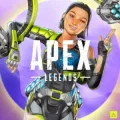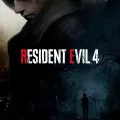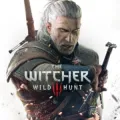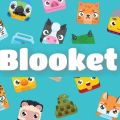NHL 25: A Polished Yet Familiar Return to the Ice
Oct-18-2024
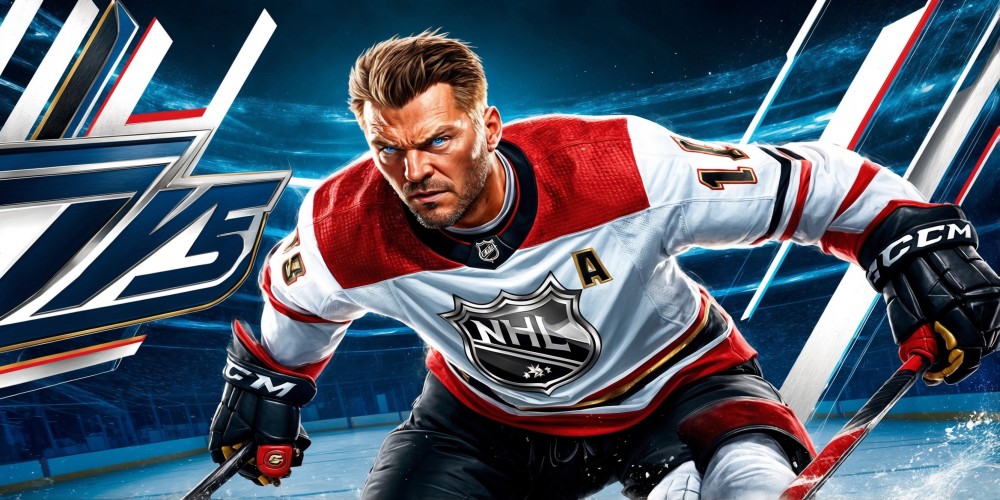
The world of sports gaming is fiercely competitive, and every year, fans look to their franchises to push the envelope of innovation and gameplay. NHL 25 arrives on the scene amid lofty expectations, promising enhancements and a fresh experience. However, the anticipation often clashes with the reality, leading fans to wonder whether they’re getting a genuine evolution of gameplay or merely a polished rehash of its predecessors. As we dive into NHL 25, we’ll explore the various aspects of the game, from graphics and gameplay mechanics to modes and monetization, to paint a comprehensive picture of this year’s offering.
NHL 25: A First Glance at Visuals
This year, NHL 25 has made a significant leap by catering exclusively to current-gen consoles. The visual improvements are more evident than ever, featuring razor-sharp graphics that truly enhance the gameplay experience. Players appear lifelike, and ice conditions show notable wear from the action, creating a more immersive atmosphere that fans have longed for. Smooth animations add a layer of realism that makes the on-ice action more enjoyable, offering glimpses into a visually stunning virtual hockey environment.
Gameplay Mechanics: What’s Different?
At the core of NHL 25's revisions is the introduction of mechanics such as the Exhaustion Engine and Sustained Pressure System. These tools are designed to create a heightened sense of immersion and realism during gameplay. While the potential for increased intensity is clear, there’s a call for better balance, particularly in defensive play, to maintain competitiveness during matches.
Franchise Mode Revamped
The most notable updates this year appear in Franchise Mode. The redesign of the hub menu enhances user experience, making navigation seamless and straightforward. Statistics are now readily visible, minimizing the need to jump through multiple menus. Yet, it's not just visual tweaks; gameplay itself has seen substantial alterations, requiring GMs to actively recruit free agents by gauging the players’ interest. This added layer demands real strategy and effort in team management, shifting the experience toward a more engaging simulation.
Negotiation Tactics: A New Dimension
As GMs negotiate contracts, they can make promises that may or may not weaken their initial lineup. This tactical selection forces gamers to ponder the enduring implications of their choices. Additionally, now they can explore contract options like no-trade clauses, a feature that the community has highly requested. This deepens the realism and strategy inherent in the mode.
Consultations with Coaching Staff
In another layer of complexity, GMs can now discuss offseason objectives directly with head coaches. This feature allows for strategic course-setting, leading to buffs and debuffs throughout the season. Such interactions can dynamically influence the overall performance of the team, creating a sense of collaboration that has been missing in previous iterations.
Individual Player Development
Franchise Mode has also introduced a new conversation system that focuses on individual player growth. GMs can set seasonal goals or specific plays for players, unlocking unique abilities as these objectives are completed. While the control it offers is commendable, the depth of impact remains to be fully understood by those who indulge in this mode.
The Challenge of Be a Pro Mode
Shifting to Be a Pro mode, disappointment looms. Many fans had hoped for significant changes, but unfortunately, this mode retains the same old mechanics and cutscenes as in prior years. The focus remains squarely on action rather than story development, which impacts engagement levels. While players desire a deeper narrative akin to rival franchises, they instead encounter repetitive and uninspired dialogue.
Next-Gen Vision Control: A Mixed Bag
The latest addition to gameplay tools is Next-Gen Vision Control, designed to refine gameplay precision. This mechanism allows players to align their focus according to their role, whether attacking or defending. While it holds promise, the execution leaves room for improvement, especially considering that new players lack a tutorial approach to mastering the control scheme.
The Absence of Training Modes
The removal of training modes from NHL 21 has left a gap that has yet to be filled. New players are at a significant disadvantage due to the absence of structured learning opportunities. Those attempting to familiarize themselves with controls will find it challenging to navigate the nuances of the game, leading to frustrating initial experiences.
Online Play: HUT Modifications
In the realm of online modes, NHL 25 has introduced a Wildcard option within HUT that incorporates salary cap constraints while drafting. This feature presents a fresh challenge, although general interest in HUT remains tepid among many players. The integration of a comprehensive battle pass for HUT modes is a welcome change, providing a unified progression system rather than a fragmented experience.
Pay-to-Win Concerns in HUT
Despite the revisions, concerns linger about monetization practices within HUT. Players can purchase premium packs through NHL Points, creating a system that perpetuates the pay-to-win model. While it’s possible to participate without investing real money, the odds favor those willing to spend on packs, leading to criticisms of fairness within the game.
World of Chel: Status Quo
World of Chel remains largely unchanged, echoing the staleness that plagues many other modes. With familiar mechanics in play and minimal innovations, it struggles to maintain player engagement. Diehard fans of the series may find comfort in the familiar territory, while others may yearn for the excitement of new features.
Final Thoughts
Lamentably, NHL 25 falls short of expectations set by earlier titles, offering only a few notable advancements amid a glaring sense of familiarity. For those who cherish Franchise Mode, there is plenty to appreciate, but for fans looking for an all-around refreshed experience, it can feel like déjà vu. The ambition for this franchise to meet its potential remains unfulfilled as players navigate through a sequel that, while polished, does not innovate enough to keep the excitement alive. The journey to crafting a sports video game that breaks new ground continues, leaving fans hopeful for what the future may hold.

